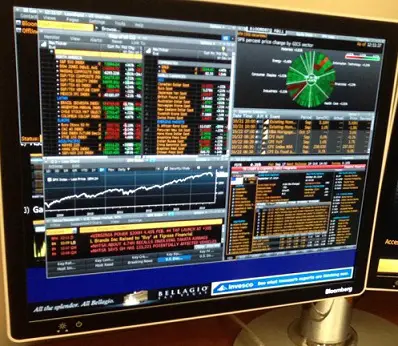A new study by S&P Global shows that manufacturing activity throughout the Eurozone has fallen at the fastest pace since the depths of the pandemic, as a gap between the demand for goods and services grew.
Released Tuesday, the Eurozone’s Purchasing Manager’s Index (PMI) for manufacturing fell to 44.6 in May, down from April’s 45.8. A reading of 50 is considered neutral, showing neither growth nor contraction, while a reading above 50 signals growth, and a reading below 50 signals contraction. A similar measure of services dropped to a two-month low, although it still measured a robust expansion at 55.9.
The data showed that the gap between the performance of services and manufacturing was the largest seen since January of 2009.
May growth expansion was led by Germany, where the EU’s biggest economy saw output grow at the fastest rate for 13 months, although the growth was almost exclusively in services. According to the data from S&P, even as the German economy saw the largest expansion of service sector output going back to August of 2021, it was countered by the biggest fall in manufacturing in six months.
The Eurozone’s second-largest economy, France, saw growth fall to the lowest level in the current four month span of growth, as an anemic service sector growth was met with a further decline in goods production.
According to the study, even though the rest of the region saw a fifth month in a row of expansion, growth cooled off to the lowest levels since February as services growth slowed, and combined with an accelerating decline in manufacturing output.
In a statement, Cyrus de la Rubia, chief economist at Hamburg Commercial Bank, said, “GDP is likely to have grown in the second quarter thanks to the healthy state of the services sector. However, the manufacturing sector is a powerful drag on the momentum of the economy as a whole. German companies from this sector are particularly hard on the brakes.”
The Economist wrote that the European Central Bank (ECB) will “have a headache” with the new PMI data, since the services sector saw selling prices rise more than in the prior month.
As de la Rubia noted, “It is precisely price developments in this sector that the ECB is watching with a wary eye,” adding the “upward movement that can still be observed here is keeping the central bank from taking an interest rate pause.”

